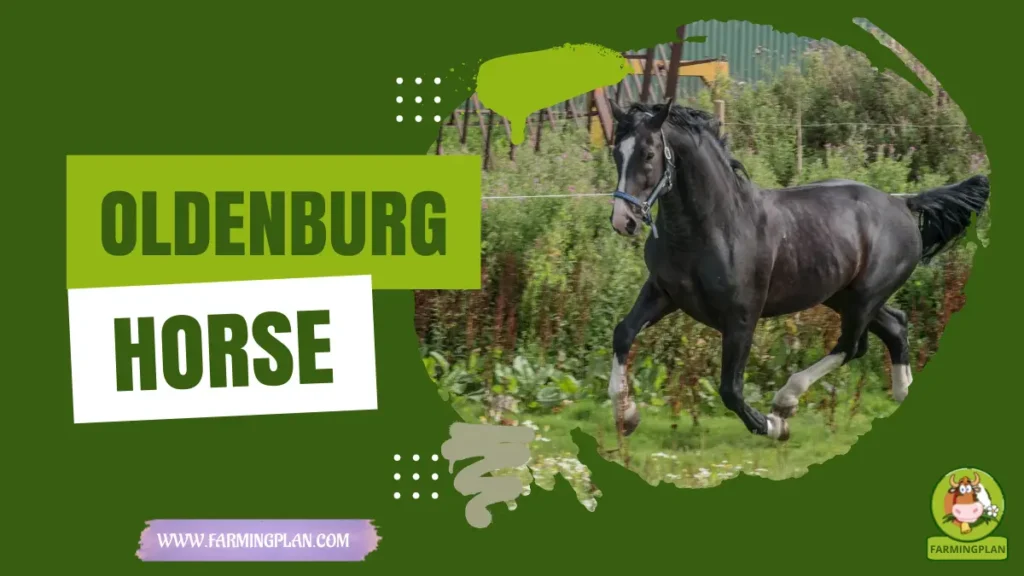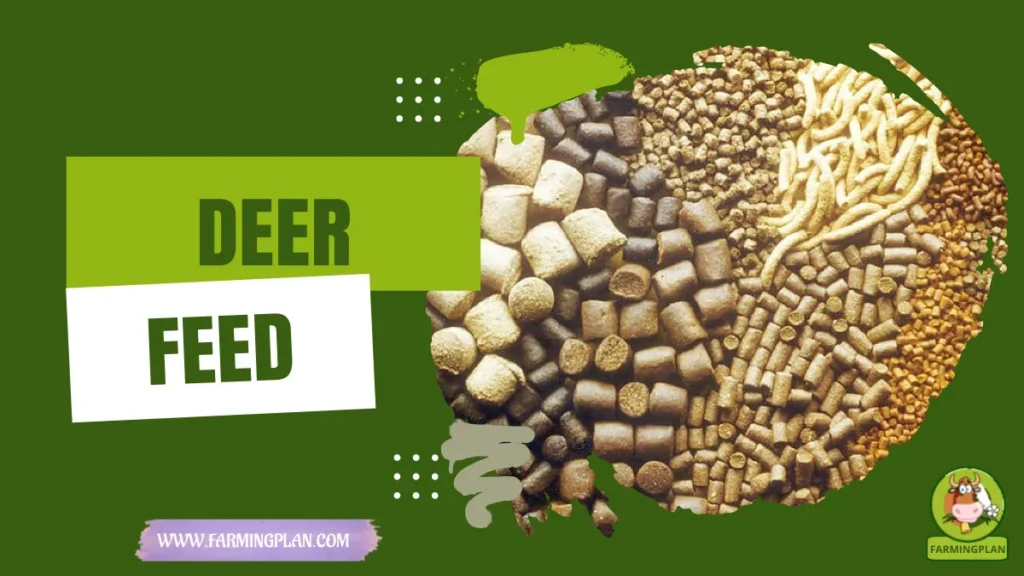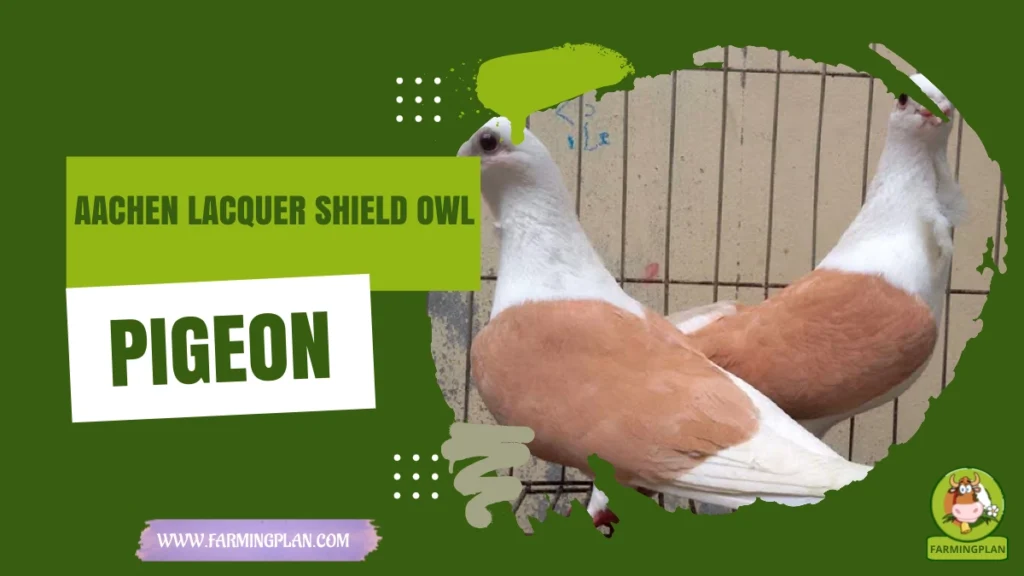If you’re anything like me, you’ve probably stood ringside at a dressage event or jumping arena and thought, “Wow, what kind of horse is that?” Chances are, you were admiring an Oldenburg. These horses aren’t just stunning—they’re built for power, elegance, and top-level performance. From their noble history to their impressive track record in competition, Oldenburg horses have earned their place in the spotlight. And if you’re looking into Oldenburg horses for sale, trust me—you’re in for an exciting journey. In this guide, I’ll walk you through everything I know about raising, caring for, and understanding these amazing animals.

History Of Oldenburg Horses
The Oldenburg story starts with Count Anton Günther von Oldenburg, a nobleman with an eye for equine greatness. In 17th century Lower Saxony, he began breeding strong, versatile horses for war and carriage pulling. But over time, breeders refined the Oldenburg through careful selection and crossbreeding with powerful stallions from Spain, Italy, and later, France.
Today, thanks to organizations like the Oldenburg Verbands and the German Oldenburg Verband, the breed continues to shine. These associations keep the Oldenburg studbook updated and enforce rigorous performance test standards. If you want a top-tier performance horse, there’s no registry more respected. The Oldenburg Horse Center Vechta has also become a central hub, connecting breeders, buyers, and enthusiasts from around the world.
Oldenburg Horse Characteristics You Should Know
Oldenburg horses stand out with their majestic appearance. They stand tall, between 16.2 and 17.2 hands, exuding confidence, and move with a grace that’s hard to ignore. Their refined heads, arched necks, and strong backs are perfect for balance and athleticism, making them a sight to behold. Oldenburg horses come in a variety of colors, including bays, blacks, chestnuts, and greys, reflecting their intentional versatility. Breeders select traits that support movement, flexibility, and sound conformation, making them suitable for a range of activities, from dressage to jumping.
Read More: Westphalian Horse Farming Made Easy: Expert Raising Guide
Understanding The Oldenburg Temperament
You’d think a horse this powerful would be hard to handle—but honestly, Oldenburgs are among the most trainable horses I’ve worked with. They’re alert, intelligent, and eager to please. Whether you’re a seasoned rider or still learning the ropes, you’ll appreciate their willingness to connect and learn. Their temperament strikes a perfect balance: spirited but not flighty, confident but not arrogant. This makes Oldenburg horses ideal for both competitive riders and dedicated hobbyists. Give them a little trust, and they’ll give you everything they’ve got.
Feeding Your Oldenburg Horse The Right Way
Feeding an Oldenburg is all about supporting their energy and muscle needs. I keep mine on a mix of high-quality hay, alfalfa, and a custom grain blend tailored for performance horses. It’s important to include salt blocks and mineral supplements too, especially if they’re in regular training. One thing to watch out for: overfeeding. These horses can get chunky fast if they’re not worked consistently. And just like us after a heavy dinner, they won’t feel up to peak performance if their digestion’s off. Fresh water, regular feeding schedules, and portion control make all the difference.
What Are Oldenburg Horses Used For?
If you’re asking, “What are Oldenburg horses used for?” the answer is pretty much: everything top-level. Most commonly, you’ll see them dominating dressage rings. Their movement, poise, and balance make them ideal for all levels—from Dressage Training Level up to international Grand Prix. They’re also world-class jumpers. I’ve trained several Oldenburgs who soared over fences like it was second nature. Their performance capability is jaw-dropping, and many pros consider them among the best for sport. From show jumping to eventing, Oldenburgs prove their worth across the board.
Read More: Discover The Irish Sport Horse: Your Dream Athletic Companion
Special Features That Set Oldenburgs Apart
One of the things I admire most about Oldenburgs is how they’ve been bred for performance without sacrificing personality. They’re responsive, bold, and incredibly adaptable. Whether you’re hacking in the countryside or performing piaffe in a dressage test, they give it their all. Keep an eye out for Oldenburg recognized stallions with a reputation for athleticism and good minds. Stallions like Oldenburg Donnerhall left a lasting legacy, especially in the dressage world. Events like Stallion Days and the Oldenburg Auction are fantastic opportunities to connect with breeders and spot rising stars.
Health Issues And How I Prevent Them
Every breed has its challenges, and for Oldenburgs, joint strain and colic are the main concerns. Because they’re so athletic, their joints need regular care. I always make sure mine get joint supplements, balanced exercise, and farrier visits every six weeks. Colic, a common concern for Oldenburgs, can be prevented by sticking to a strict feeding schedule and avoiding sudden dietary changes. Regular vet checkups and monitoring their water intake are also crucial. Remember, prevention is key, and a little attention every day can save a lot of heartache down the road.
Oldenburg Horses Don’t Just Perform—They Connect. Train With Patience, Feed With Care, And Ride With Heart.
Step-By-Step Oldenburg Horse Owner Care Guide
The Step-By-Step Oldenburg Horse Owner Care Guide walks you through everything you need to start your journey with these elegant, powerful horses. From finding a trustworthy breeder to daily care routines, feeding, grooming, and training, this guide shares expert advice in a simple, friendly way. Whether you’re a beginner or experienced owner, these steps will help you build a strong bond with your Oldenburg.
Step 1: Start With A Reputable Breeder Or Auction
If you’re new to Oldenburg horses, your journey should begin with finding a reputable breeder or attending an Oldenburg Auction. I always recommend looking for breeders who are certified through the Oldenburg registry. These breeders follow strict standards and keep detailed records, including performance test results and pedigree information. It’s important to ask questions—don’t be shy! A good breeder will be transparent and eager to share knowledge.
If possible, visit the farm in person. Observing a horse’s behavior, how it interacts with people and other horses, gives you a much better sense of temperament than photos alone. Look for alertness, curiosity, and calmness. Remember, buying a horse is a big decision. Trust your gut and take your time. A solid start here sets the foundation for a happy relationship with your Oldenburg.
Step 2: Prepare A Comfortable Living Space
Oldenburgs are big, energetic horses, so their living space must reflect their needs. I suggest a stall at least 12×12 feet with good ventilation and soft bedding to keep them comfortable. They need room to move without feeling cramped. Equally important is daily turnout time in a secure paddock or pasture—this helps maintain their physical fitness and mental wellbeing.
Fence safety is crucial; these horses can be curious and lively, especially when young. Make sure fences are sturdy, without sharp edges, and high enough to prevent escapes. Access to fresh, clean water is non-negotiable. I check water troughs twice a day, ensuring they never run dry. This kind of care prevents health problems and keeps your Oldenburg happy and thriving.
Step 3: Feed For Strength, Not Fat
Feeding your Oldenburg properly supports their energy, muscle tone, and overall health. I rely heavily on high-quality, fiber-rich hay as the base of their diet, supplemented by grains designed for performance horses. If your horse is in regular work, adding electrolytes can help replace what they lose through sweat.
I feed my horses three times a day, spacing meals to aid digestion and prevent colic. It’s important to avoid too many sugary treats, like excessive apples or carrots, which can lead to weight gain and digestive upset. Consistency is key—sudden changes in diet can cause problems. If you’re unsure about feeding amounts or supplements, I always advise working closely with an equine nutritionist or your vet to tailor the best plan for your horse’s needs.
Step 4: Grooming And Bonding Time
Oldenburg horses thrive on attention and connection, and daily grooming is one of the best ways to build that bond. I start with a curry comb to loosen dirt and bring blood flow to the skin, then brush through their mane, tail, and coat to keep everything clean and shiny. This routine also gives me the chance to check for any cuts, swelling, or ticks. Cleaning hooves twice a day is just as important.
It prevents issues like thrush and hoof cracks, and is a great way to deepen trust between horse and owner. I’ve found that spending this quiet time grooming helps my horses relax and look forward to our daily interactions. It’s not just about appearance—it’s about health and friendship.
Step 5: Exercise And Training
Exercise and training form the backbone of a happy Oldenburg horse. I always start young horses with groundwork—simple commands, leading, and lunging—before moving on to riding. Oldenburgs are eager learners and enjoy challenges, whether it’s dressage, jumping, or just trail riding. Patience is crucial. Short, focused sessions with plenty of positive reinforcement help keep the horse engaged and build confidence. I avoid pushing too hard too fast because that can cause stress or resistance. Instead, I make every session purposeful and try to end on a good note. Consistency and kindness make training enjoyable for both horse and rider.
Read More: Dutch Warmblood Horse: Don’t Be Fooled by Myths Here’s Why They’re Perfect for You
Expert Tips & Best Practices For Success
- Stick With Recognized Oldenburg Verbands To Ensure Breed Integrity.
- Attend Stallion Days To See Breeding Stock In Action.
- Rotate Pastures To Keep Hooves And Mind Healthy.
- Always Warm Up And Cool Down Before/After Training.
- Build A Routine—Horses Thrive On Consistency.
FAQ
What are Oldenburg horses known for?
Oldenburgs are best known for their athleticism in dressage and jumping, plus their friendly and willing nature.
How much does an Oldenburg horse cost?
Prices vary but typically range from $15,000 to over $100,000, depending on pedigree, training, and age.
Are Oldenburg horses good for beginners?
Yes, their calm temperament makes them suitable for beginners under guidance, especially with professional training support.
Where can I find Oldenburg horses for sale?
Check the Oldenburg Horse Center Vechta, breed auctions, and reputable Oldenburg registry breeders.
How tall are Oldenburg horses?
Most Oldenburgs stand between 16.2 and 17.2 hands tall.
Conclusion
Oldenburg horses truly embody what it means to be a high-performance, elegant, and kind-hearted breed. Whether you’re looking to compete at a high level or just want a reliable equine partner, these horses won’t let you down. From their royal roots in Lower Saxony to their modern-day success in show rings around the world, Oldenburgs offer a magical blend of strength and spirit. With the right care, training, and love, you’ll find a lifelong companion who performs as beautifully as they bond.


